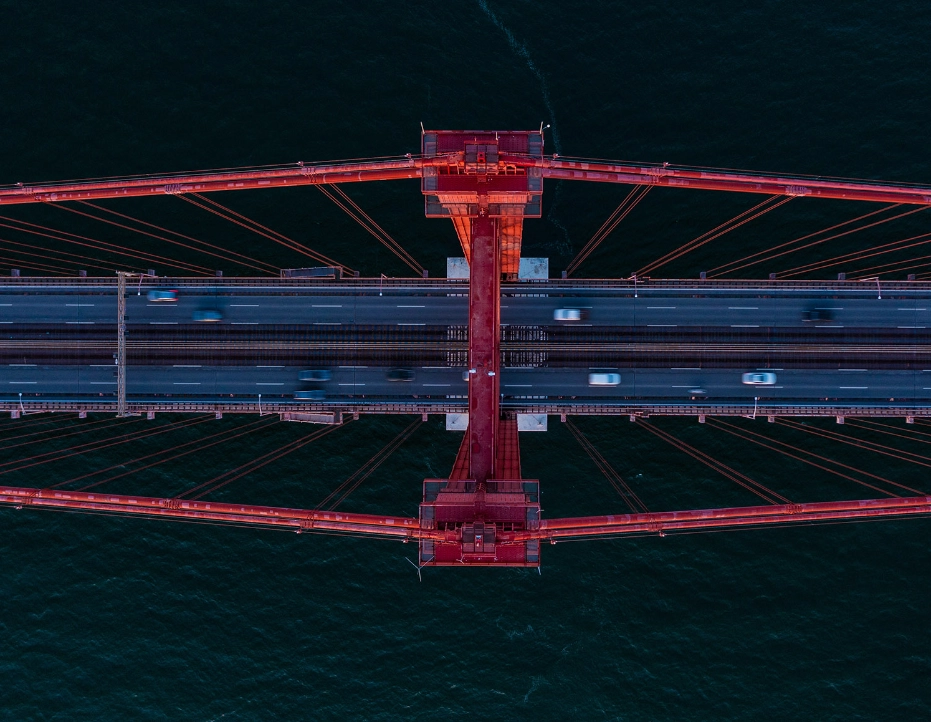Transactions
The value of everything
2024 was a steady, if not spectacular, year for infrastructure M&A, with the asset class showing some welcome signs of revival after a challenging 2023. Figures compiled by Infralogic reveal that the value of global private infrastructure M&A transactions closed in 2024 increased 12.1% year-on-year (albeit from 14.1% fewer transactions), buoyed by a number of very high value transaction in the extremely active digital infrastructure space, with the renewables and energy sub-sectors also bolstering performance.
There was a notable increase in the number of large infrastructure carve-outs in 2024, in particular in the telecoms and digital infrastructure sub-sectors, including Rakuten Group's sale and leaseback arrangement with Macquarie in respect of a portion of its mobile network assets in Japan for up to $2 billion, and financial close of Telecom Italia's disposal of its fixed line network (NetCo) to a KKR-led consortium for up to €22 billion.
This increased carve-out activity can be attributed to a number of macroeconomic factors:
Whilst the above factors may make the prospect of a carve-out or partial disposal appealing to some infrastructure investors in the current market, carve-out transactions can be significantly more complex than traditional exits. This can be especially true in the case of carve-outs of infrastructure assets from utilities, energy companies, telecoms companies and transport groups, where the target business is likely to be highly integrated within the seller's group, and may share regulatory approvals, benefit from shared intragroup services and be heavily reliant (post-completion) on the seller for a significant portion of its revenue (which has the potential to create conflicts, particularly in the context of a joint venture with a legacy owner of the underlying assets which will remain the principal customer / tenant of the infrastructure). Notwithstanding such complexity, we expect the current trend of increased carve-out activity to continue into 2025 whilst the macroeconomic drivers persist.
Market dynamics suggest an increased appetite for dealmaking in 2025. Private equity and infrastructure funds are sitting on record amounts of 'dry powder' and are coming under increasing pressure to realise investments and provide distributions to LPs (including for the purposes of their own fundraising efforts). Over the course of 2023 and for much of 2024, these deal-drivers were tempered by a wide bid-ask spread caused by the higher-for-longer rates environment and the downward pressure of increased borrowing costs on deal multiples.

During 2024, the most successful infrastructure investors were able to quickly adapt to the 'new normal' by employing creative solutions to bridge this valuation gap. Contractual devices we have seen deployed to facilitate deal-making despite price dislocation include the following:
This is a theme we expect to continue into 2025 and beyond as rates, whilst falling, remain significantly above the levels seen during the pre- and immediately post-pandemic years.
The factors that contributed to market participants' optimism for 2024, including the vast capital requirements of the megatrends of digitisation and decarbonisation, the pressure on fund managers to deploy 'dry powder' and the prospect of falling interest rates and the continuing stabilisation of debt markets narrowing the valuation gap, remain true today. Supported by the tools described above to further bridge valuation gaps and provide downside protection, we believe the outlook for infrastructure M&A in 2025 is positive.
The contents of this publication are for reference purposes only and may not be current as at the date of accessing this publication. They do not constitute legal advice and should not be relied upon as such. Specific legal advice about your specific circumstances should always be sought separately before taking any action based on this publication.
© Herbert Smith Freehills 2025
We’ll send you the latest insights and briefings tailored to your needs